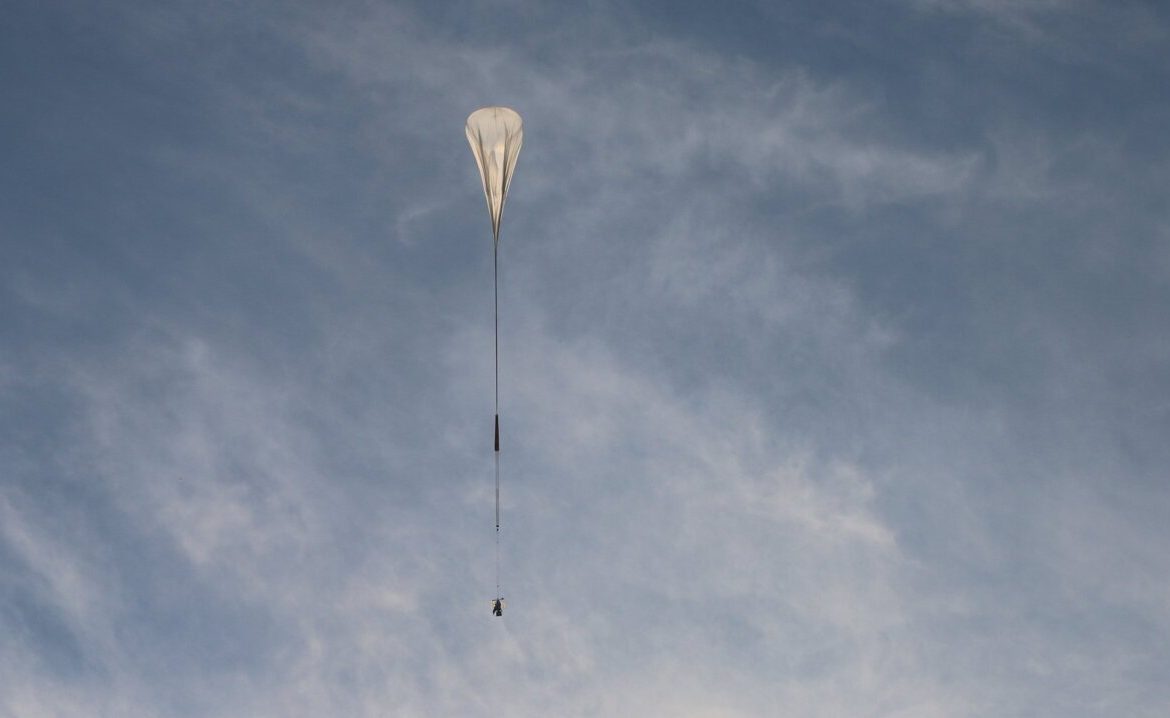SuperBIT is a completely new type of telescope that can give us a unique view of space and dark matter.
In April 2022, a unique telescope will be launched from New Zealand, designed to study the gravitational lensing that occurs during the collision of galaxy clusters. Interestingly, the instrument, called SuperBIT, will not be launched by a rocket, but will be carried into the stratosphere by a helium balloon.
Hubble help
pride It is a project by scientists from the University of Toronto, Princeton University, Durham University, NASA and the Canadian Space Agency. It has a mirror half a meter wide and will be lifted 40 km (the stratosphere) by a 532,000 cubic meter helium balloon. It is expected that the construction and operation of the telescope will cost $5 million, which is not a large sum for a space observatory.
Hovering high above the Earth, the SuperBIT will be able to stare freely into space – without the disturbance associated with clouds, smog or city lights.
The James Webb Space Telescope and nearly all future missions planned are expected to observe the universe in the infrared range. This means that only the Hubble Space Telescope has a sensitivity to blue light close to ultraviolet. Not only does Hubble have many technical problems, but it is also older than me. It’s an old technology that won’t last forever.
Mohamed Shaaban, University of Toronto astrophysicist and member of the SuperBIT . team
first many?
Researchers hope that SuperBIT and similar telescopes performed in the upper atmosphere on balloons by balloons can support the operation of space telescopes.
A NASA-developed hyper-pressure balloon will allow the telescope to stay in the air for weeks or even months. SuperBIT will orbit the Earth, watching the sky at night and charging itself during the day (thanks to solar panels). The data will be sent back to Earth in analog – stored on discs sent by parachutes – but also in wireless form.
SuperBIT is a precursor to the GigaBIT telescope, a planned telescope with an optical system three times the size of SuperBIT. GigaBIT is scheduled to make its first test flight in September 2022. The SuperBIT will launch earlier, in early 2022.
SuperBIT is to monitor the collision of galaxy clusters and search for traces of dark matter. This will be possible thanks to gravitational lensing measurements, that is, the phenomenon of bending light rays in the gravitational field of a huge celestial body. Dark matter has no effects other than those of gravity, so studying it with gravity is a good idea.
Want to stay informed with CHIP? Follow us on Google News

“Music specialist. Pop culture trailblazer. Problem solver. Internet advocate.”







